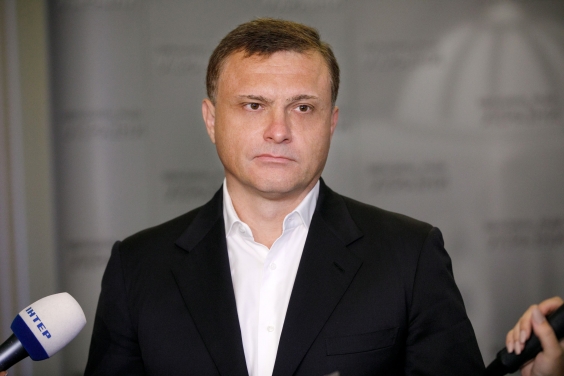The lending program designed to revive Ukraine’s economy remains largely declarative. According to MP Serhiy Lovochkin, the government must develop mechanisms to stimulate the banking sector, which mechanisms should be aimed at increasing the loan portfolio of investments in domestic business.
“The situation with economy lending remains catastrophic. Although the government has realized that GDP will not grow by itself and announced the ‘5 – 7 – 9’ program of cheaper loans for small and very small businesses, the real tool for economy stimulation has not yet been created. We need more than calls to action; we need the mechanisms of stimulating the banking sector aimed at increasing the loan portfolio of investments in domestic business,” Lovochkin said.
The politician said that only 17.4 billion hryvnia of loans had been issued between the program launch and the early 2021. This amounts to mere 1.8 percent of the economy loan portfolio and 7.4 percent of all loans to small and very small businesses. Of this amount, new loans make up 6.8 billion hryvnia (or less than 3 percent of loans to small and very small businesses); the rest is refinancing of earlier loans. The effect of the program even for these businesses has been extremely minor so far.
“This resulted in the decrease of lending level for the economy as of 11 months of 2020 compared to the same period in 2019: by 2 percent in hryvnia and by 16 percent in foreign currency. Over the past seven years the economy loans dropped by 2.5 times, from 62 to 24 percent of the GDP. This is the real reason behind the recession during 2020, even before the epidemic started, not chaotic lockdowns and external factors,” the MP believes.
According to Lovochkin, banks have no incentives to offer loans to businesses. While the Ministry of Finance offers internal bonds at 12 percent per annum, financial institutions benefit more from investing in reliable government stocks than in the economy.
“I wonder that the administration has not yet analyzed the reasons behind poor economy lending nor offered incentives ideas. But it is obvious that these steps are needed and must include higher state-compensated interests and state guarantees for loans. In addition, cheap loans should be offered to mid-sized and large businesses. This might work as a production incentive and promote exports of products with medium and high value-added ratio.
“The program for the economy revival must be comprehensive, for this is the only way it can be efficient in creating new jobs and driving profits to the state budget,” Lovochkin summed up.
Follow @serhiylovochkin